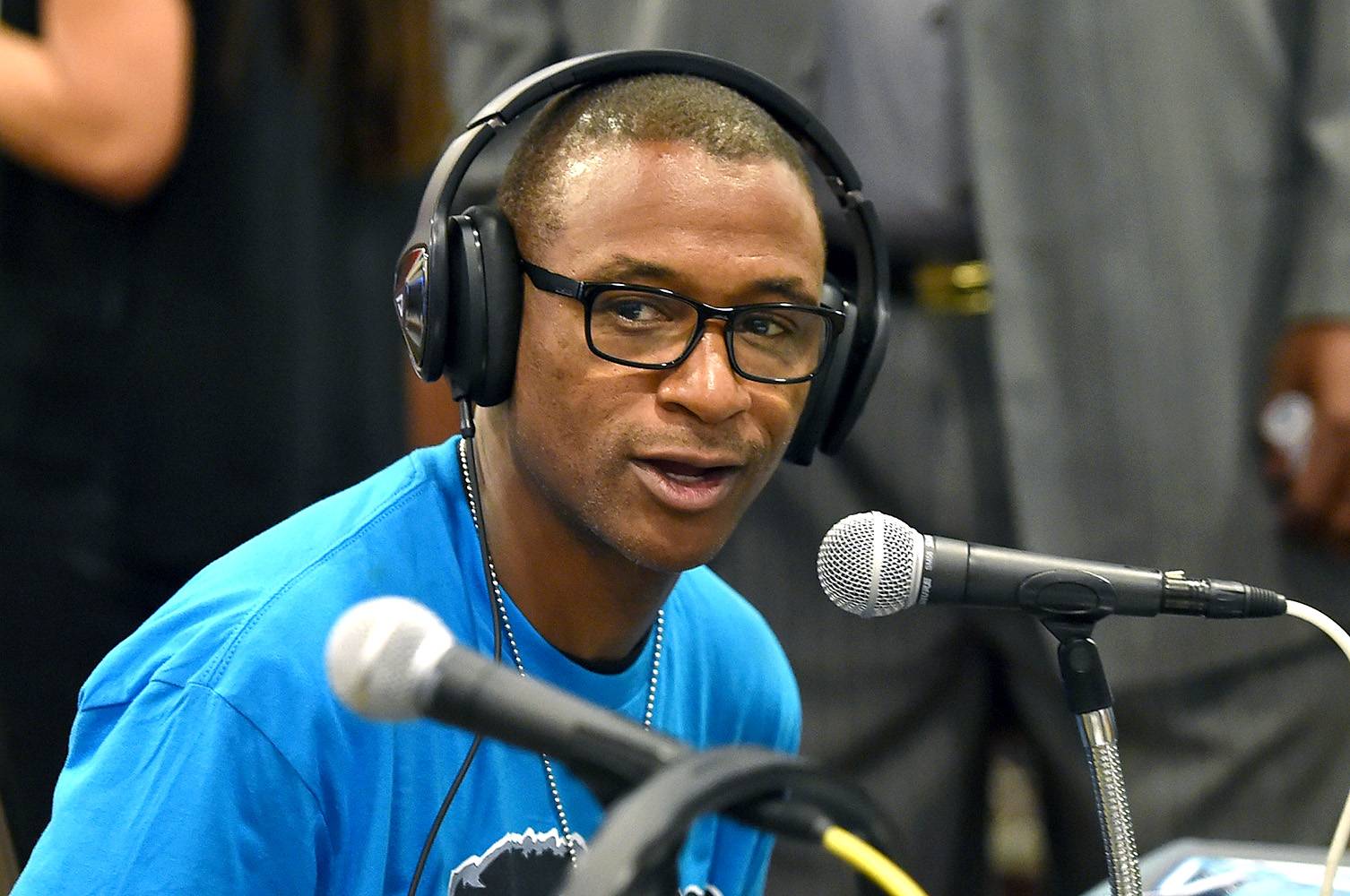Even Outside the “Stroke Belt,” African-Americans Face Higher Mortality

Since the 1960s, the Southeast United States, which includes Alabama, Arkansas, Georgia, Indiana and Kentucky, have been dubbed the "stroke belt."
Public health experts blame hypertension, low socioeconomic status, diet, cultural lifestyle, quality of health care facilities, smoking and infections as reasons why people in this area, and particularly African-Americans, are so prone to strokes.
But should folks who live outside of this area breathe easy? Not at all, says a recent study.
Researcher Alexander Sergeev, M.D., looked at Centers for Disease Control and Prevention data and found the following:
· African-Americans who live outside the so-called “stroke belt” are at higher risk for stroke death than other populations.
· Stroke death is higher in rural than in urban areas.
“Urban residency was associated with a statistically significant decrease in stroke mortality among Caucasians, American Indians and Asians — but not among African-Americans,” said Sergeev, an assistant professor in social and public health at Ohio University. “This finding raises a serious concern about African-Americans being a particularly vulnerable group regarding a high risk of stroke death.”
Sergeev said the 12-percent increase in stroke mortality in rural residents, even after adjusting for major demographics, surprised him. “In other words, this increase cannot be attributed to the higher proportions of older individuals living in rural areas,” he said.
The most important message from this study, said Sergeev, is that health care professionals and policymakers must improve access to primary health care — especially for vulnerable, underserved populations.
There are two kinds of strokes. The more common kind, called ischemic stroke, is caused by a blood clot that blocks or plugs a blood vessel in the brain. The other kind, called hemorrhagic stroke, is caused by a blood vessel that breaks and bleeds into the brain.
Stroke warning signs include:
—Sudden numbness or weakness of the face, arm or leg, often on only one side of the body
—Sudden confusion and trouble speaking or understanding others
—Sudden difficulty seeing
—Sudden trouble walking, feelings of dizziness and loss of balance or coordination
—Sudden severe headache of unknown cause
To learn more about strokes and what causes them, click here.
(Photo: EPA/Andres Martinez Casares/Landov)





